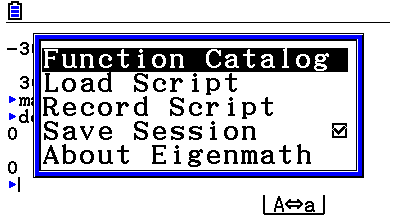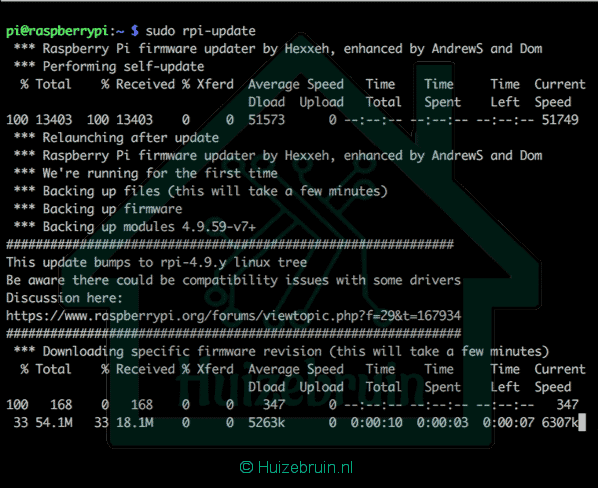

Their source code is available on GitHub for anyone who wants to fork them and continue development subject to the terms of their respective licenses.
Eigenmath command reference series#
I have stopped developing for the fx-CG series years ago, I no longer follow the custom add-in development scene, my add-ins will not receive further updates. They have not been tested on these versions and I can’t guarantee nasty things are not happening behind the scenes which could damage your calculator. If you modify the elements of an eigenvector, you modify the elements of the original eigenvector.All of my Prizm add-ins are unsupported on current OS versions.

($first, $last) = $eigen->vectors (0, -1) Īn eigenvector is a Perl array reference. If $eigen is a eigenvalues/eigenvectors object, the following expressions are valid use cases of the vector/ vectors method. If no argument is specified, return all eigenvectors as a list. vector (.) vectors (.)Īrguments are one or more indices.

($first, $last) = $eigen->values (0, -1) Ĭomplex eigenvalues are Math::Complex objects. If $eigen is a eigenvalues/eigenvectors object, the following expressions are valid use cases of the value/ values method. If no argument is specified, return all eigenvalues as a list. value (.) values (.)Īrguments are one or more indices. Return value is the eigenvalue/eigenvector object. Sort eigenvalues in descending order by first comparing the real part and then the imaginary part. If all eigenvalues are real, this sorting order is equal to "abs_asc". This is the reverse order of "norm_desc". If all eigenvalues are real, this sorting order is equal to "abs_desc". Sort eigenvalues in descending order by first comparing the absolute value, then the real part, and finally the imaginary part. Sort eigenvalues in descending order by first comparing the absolute value of the real part, then the absolute value, then the real part, and finally the imaginary part. The possible values for order together with their meaning is described in the following table. Sort eigenvalues and corresponding eigenvectors or vice versa.Īrgument order is the sorting order (a string). Whether or not to make the first non-zero element of an eigenvector a positive number. Whether or not to normalize the eigenvectors. Whether or not to balance a non-symmetric matrix a. Remaining arguments are property/value pairs with the following meaning. If omitted, the number of matrix columns is calculated automatically. Optional third argument n is the number of matrix columns. If omitted, it is assumed that the matrix is square. Optional second argument m is the number of matrix rows. Matrix elements are interpreted in row-major layout. )Ĭalculate eigenvalues and eigenvectors of a real matrix.įirst argument a is an array reference to the matrix elements. The new constructor can be used as a class or instance method. Any arguments are forwarded to the decompose method (which see). The eig function has to be used as a subroutine. The eig function is the short form of Math::MatrixDecomposition::Eigen->new (which see). $eigen = eig ($A = ) DESCRIPTION Object Instantiation eig (.) $eigen = Math::MatrixDecomposition::Eigen->new ($A = ) # This one-liner is equivalent to the command sequence above. # Decomposition is the default action for 'new'. $eigen = Math::MatrixDecomposition::Eigen->new Math::MatrixDecomposition::Eigen - eigenvalues and eigenvectors SYNOPSIS


 0 kommentar(er)
0 kommentar(er)
